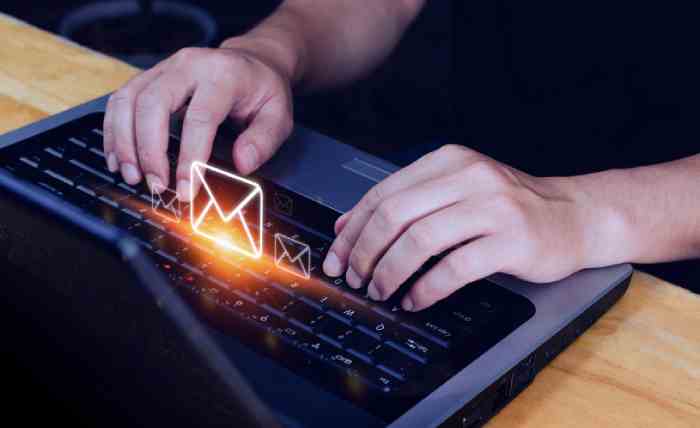- Total volume of emails received by the receiver.
- Number of messages that passed DMARC authentication.
- Number of messages that failed DMARC authentication.
- Percentage of messages that passed or failed authentication.
- Aggregate reports do not contain specific message headers or body content but offer valuable statistics for assessing the effectiveness of your DMARC policy and identifying potential issues with email authentication.
Deciphering DMARC Reports:
Understanding The Importance
Understanding The Importance
In the realm of email security, deciphering DMARC (Domain-based Message Authentication, Reporting, and Conformance) reports stands as a crucial practice for organizations striving to safeguard their digital communication channels. These reports offer a window into the authentication status of emails originating from their domains, providing actionable insights to combat threats like email spoofing and phishing.
Understanding the importance of deciphering DMARC reports is paramount for maintaining the integrity of an organization's email infrastructure.
Understanding DMARC Reports
Email receivers, including ISPs, email service providers, and corporate mail servers, create DMARC reports that they send to domain owners. These reports offer insights into the authenticity and alignment of emails sent from the owners' domains. They include data on email traffic volume, authentication outcomes for each message, and any policy actions enforced by the receiver in accordance with the sender's DMARC policy.

Components of DMARC Reports
Aggregate Reports
Consolidated summaries, commonly referred to as RUA (Reporting URI Aggregate) reports, offer an overview of email engagement within a set timeframe, usually spanning from daily to weekly durations. These summaries encompass information like:
Forensic Reports
Forensic reports, a component of DMARC reporting, offer in-depth insights into specific email messages that did not pass DMARC authentication. In contrast to summary reports, forensic reports contain complete message headers and content of questionable emails, allowing for thorough scrutiny and exploration of possible security risks or setup mistakes. These reports are crucial resources for businesses to pinpoint and resolve unauthorized email incidents, bolstering their email security measures and safeguarding against cyber threats.
Interpreting DMARC Report Data
Alignment Results
DMARC functions through the utilization of two fundamental alignment mechanisms: SPF (Sender Policy Framework) and DKIM (DomainKeys Identified Mail). Alignment pertains to how closely the domains listed in SPF records and DKIM signatures correspond with the domain indicated in the From header of an email. DMARC reports reveal whether there was successful alignment or not for SPF and DKIM in each message, aiding domain owners in pinpointing unauthorized or deceitful email sources.
Authentication Results
Authentication results in DMARC reports indicate whether an email message has passed or failed SPF (Sender Policy Framework), DKIM (DomainKeys Identified Mail), or both authentication mechanisms. These results provide crucial insights into the effectiveness of an organization's email authentication setup, allowing them to identify and address any weaknesses or vulnerabilities promptly. By analyzing authentication results, organizations can ensure the integrity of their email communications and mitigate the risk of unauthorized access or fraudulent activity. Explore www.dmarcreport.com for further information.
Policy Actions
Policy actions in DMARC reports refer to the actions taken by email receivers based on the sender's DMARC policy. These actions can include "none," "quarantine," or "reject," depending on the specified policy. By analyzing policy actions, organizations can verify whether their intended policy is being enforced correctly and adjust settings as needed to enhance email security. Understanding policy actions is essential for organizations to maintain control over their email authentication practices and protect against unauthorized email activity.

Importance of Deciphering DMARC Reports
Enhanced Email Security
Vigilant monitoring of DMARC reports plays a crucial role in strengthening email security by providing valuable insights on authentication status and policy enforcement. Swift detection and mitigation of email spoofing and phishing attacks enable organizations to enhance the security of their communication channels and protect sensitive information. Emphasizing enhanced email security measures not only builds trust in digital communication but also reduces the vulnerability to cyber threats.
Compliance with Email Authentication Standards
Compliance with email authentication standards is ensured through the implementation of robust DMARC policies and diligent monitoring of authentication results. By adhering to industry regulations such as HIPAA, GDPR, and PCI DSS, organizations demonstrate their commitment to protecting sensitive information and maintaining the integrity of email communications. Adherence to email authentication standards fosters trust among stakeholders and reduces the likelihood of security breaches.
Improved Email Deliverability
Enhancing the likelihood of email delivery success involves upholding a strong sender reputation via efficient DMARC implementation and diligent monitoring. By guaranteeing the authentication of outgoing emails remains reliable, businesses can minimize the chances of authentic messages being mislabeled as spam or declined by recipient servers. By refining email authentication protocols, organizations can boost delivery rates and ensure that communications reach their designated recipients smoothly and without disruption.